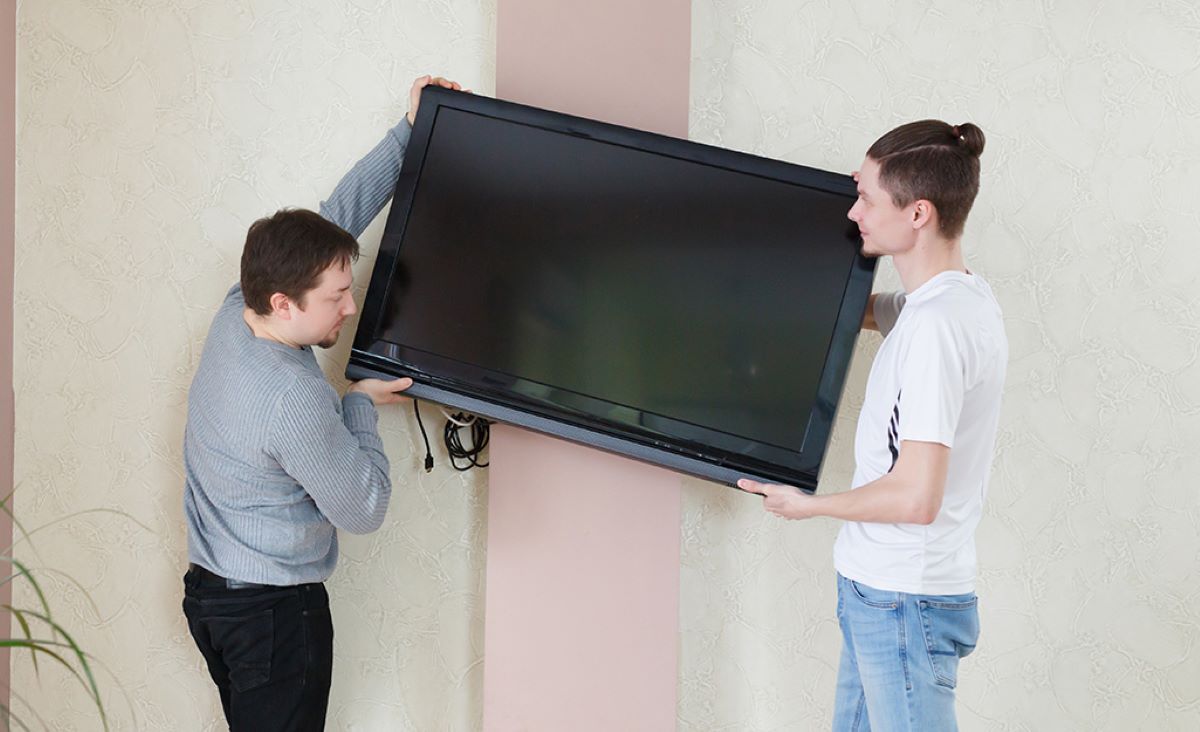

Articles
How To Store A TV Without A Box
Modified: January 23, 2024
Learn how to store your TV safely and securely without a box with our informative articles. Discover tips and tricks for protecting your television during storage.
(Many of the links in this article redirect to a specific reviewed product. Your purchase of these products through affiliate links helps to generate commission for Storables.com, at no extra cost. Learn more)
Introduction
When it comes to storing your television, having the original box can provide the most secure and convenient solution. However, there are situations where you might need to store a TV without a box. Perhaps you’ve disposed of the original box, or you need to store the TV temporarily during a move or renovation. While this might seem like a daunting task, with the right preparation and care, you can safely store your TV without a box.
In this article, we will guide you through the process of storing a TV without a box. We will discuss the reasons why you might need to store your TV without the original packaging, important considerations to keep in mind before storing, and provide you with a step-by-step guide to ensure your TV remains protected. We will also touch upon proper cleaning and maintenance for stored TVs and explore alternative storage options in case you do not have a box.
By following the advice in this article, you will be able to store your TV safely and avoid any potential damage that could occur during the storage period.
Key Takeaways:
- Safely store your TV without its original box by following proper cleaning, maintenance, and storage guidelines. Protect your investment during moves, renovations, or excess inventory storage with alternative options.
- Ensure your TV remains in excellent condition during storage by selecting an appropriate storage location, disconnecting cables, and following a step-by-step guide for proper packing. Consider alternative storage options if the original box is unavailable.
Read more: How To Store Christmas Tree Without Box
Why Would You Want to Store a TV Without a Box?
There are several reasons why you might find yourself needing to store a TV without its original box. Here are a few scenarios where this could be the case:
- Moving: When moving to a new home or apartment, it’s not always practical to keep the original TV box. The box may have been damaged or discarded during previous moves, or you may have purchased the TV second-hand without the box. In these situations, you will need alternative storage options to ensure the TV is protected during transit.
- Renovations: If you’re planning to renovate your living space, you may need to temporarily store your TV. During renovations, there may be dust, debris, or the risk of accidental damage that could harm your TV. Storing it without a box allows you to keep it safe while the renovation work takes place.
- Excess Inventory: Retailers or businesses that deal with electronics may need to store excess TV inventory. They might not have enough original boxes for all the TVs or find it more space-efficient to store TVs without boxes. In these cases, it’s crucial to know how to store them properly to avoid any damage.
Regardless of the reason, it’s essential to take proper precautions to protect your TV while in storage. This includes selecting a suitable storage location, preparing the TV for storage, and ensuring it remains free from dust, moisture, and physical impacts.
In the next sections, we will explore the important considerations you need to keep in mind before storing your TV without a box and provide you with a step-by-step guide to ensure your TV remains in excellent condition throughout the storage period.
Important Considerations Before Storing a TV Without a Box
Before you start storing your TV without a box, there are several important considerations to keep in mind. By taking the time to address these factors, you can ensure the safety and well-being of your television during the storage period. Here are some essential considerations:
- Select an appropriate storage location: Choose a cool, dry, and well-ventilated area for storing your TV. Extreme temperatures and humidity can damage the internal components of the TV. Avoid areas prone to moisture, such as basements, attics, or areas near water pipes.
- Protective covering: Invest in a high-quality TV cover or use a large, thick blanket to wrap your TV. This will protect it from dust, scratches, and minor impacts. Make sure the covering is secure and does not apply excessive pressure on the screen or buttons.
- Avoid stacking: Avoid stacking heavy objects on top of your TV, as this can lead to damage. If you need to store other items on top of the TV, place a sturdy support underneath it to distribute the weight evenly.
- Disconnect all cables: Before storing, disconnect all cables, including power cords, HDMI cables, and any other peripherals. This will prevent any accidental damage to the ports and make it easier to pack the TV securely.
- Secure the TV stand or wall mount: If your TV is attached to a stand or wall mount, make sure it is securely fastened or removed before storage. Loose or unstable mounts can lead to the TV falling or getting damaged.
- Label and document: Label the storage container or cover with the TV’s model number, serial number, and any other relevant information. Keep a record of these details for future reference, such as warranty purposes.
- Handle with care: When moving or positioning the TV, be gentle and avoid placing it in a precarious position. Bumps, drops, or sudden movements can cause damage to the delicate internal components of the TV.
By considering these factors, you can significantly reduce the risk of damage to your TV while it is in storage. Now that you have taken these important considerations into account, let’s move on to the step-by-step guide on how to properly store a TV without a box.
Step-by-Step Guide to Storing a TV Without a Box
Storing a TV without a box requires careful preparation and packing to ensure its safety. Follow these step-by-step instructions to properly store your TV:
- Clean the TV: Start by cleaning the TV thoroughly to remove any dust or dirt. Use a soft microfiber cloth and gentle cleaning solution to wipe the screen and the body of the TV. Make sure the TV is completely dry before proceeding.
- Disconnect all cables: Unplug all cables from the TV, including the power cord, HDMI cables, and any other peripherals. Tie the cables together neatly and wrap them separately with cable ties or Velcro straps.
- Secure the screen: Place a microfiber cloth or soft foam padding over the screen of the TV to protect it from scratches. Make sure the padding is secured in place and does not apply excessive pressure on the screen.
- Wrap the TV: Use a large, thick blanket to wrap the TV entirely. Start by covering the front of the TV and then wrap around the sides and back, ensuring the blanket covers all exposed areas. Secure the blanket with tape or bungee cords to keep it in place.
- Find a suitable storage container: Look for a sturdy, appropriately sized storage container that can accommodate your TV. Make sure the container is clean and free from any moisture. If you cannot find a container, you can use a mattress box or a TV-specific shipping crate for added protection.
- Place the TV in the container: Carefully place the wrapped TV inside the storage container, ensuring it is placed on a soft, cushioned surface. Avoid placing the TV directly on the bottom of the container.
- Add extra padding: Fill any empty spaces in the container with additional padding, such as bubble wrap or foam inserts. This will provide extra protection and prevent the TV from shifting during transportation or storage.
- Seal and label the container: Close the storage container securely and label it with the TV’s model number, serial number, and any other relevant information. This will make it easier to identify the TV in the future and retrieve it when needed.
- Store in a suitable location: Place the sealed container in a cool, dry, and well-ventilated area for storage. Avoid stacking heavy items on top of the container and ensure it is not placed near any potential hazards or sources of moisture.
- Periodic checks: It’s a good idea to periodically check on your stored TV to ensure there are no signs of damage or moisture. If necessary, adjust the storage conditions or provide additional protection to maintain the TV’s integrity.
Following these step-by-step instructions will help ensure your TV remains safe and in good condition during its time in storage. However, keep in mind that the ideal storage method may vary depending on the type and size of your TV. Always refer to the manufacturer’s guidelines and recommendations for storing your specific TV model.
If storing a TV without a box, wrap it in a soft, breathable cover to protect it from dust and scratches. Store it in a dry, climate-controlled area to prevent damage from humidity.
Proper Cleaning and Maintenance for Stored TVs
Even when your TV is in storage, proper cleaning and maintenance are essential to ensure its longevity and prevent damage. Follow these tips to keep your stored TV in optimal condition:
- Keep it dust-free: Dust can accumulate on the TV over time, so it’s important to keep it clean. Periodically wipe the TV gently with a soft, lint-free cloth to remove any dust buildup. Avoid using cleaning solutions directly on the TV, as they can damage the screen. If necessary, use a mild, non-abrasive cleaning solution diluted with water.
- Prevent moisture damage: Moisture is one of the biggest threats to electronic devices. Ensure your storage area is dry and well-ventilated to prevent condensation and moisture buildup. Consider using moisture-absorbing products, such as silica gel packets, to help control humidity levels inside the storage container.
- Avoid direct sunlight: Prolonged exposure to direct sunlight can cause discoloration and damage to the TV screen. If the storage area has windows or receives direct sunlight, cover the TV with an additional layer of light-blocking material to protect it.
- Regularly check for pests: Insects and rodents can cause significant damage to stored electronics. Keep an eye out for signs of pests, such as droppings or chewed cables. If necessary, use pest control measures in your storage area to prevent infestations.
- Do not power on: It’s important not to power on the TV while it’s in storage. This can risk damage to the internal components, especially if there are changes in temperature or humidity. Leave the TV unplugged until you are ready to use it again.
- Store accessories separately: If you have any TV accessories, such as remote controls or cables, store them separately from the TV. This will prevent any accidental damage or tangling of cables during storage.
- Periodic checks: Take the time to check on your stored TV every few months. Ensure that the storage container is secure and free from any signs of damage or moisture. If any issues are identified, take the necessary steps to address them promptly.
By following these cleaning and maintenance tips, you can help preserve the quality and functionality of your TV during storage. When the time comes to retrieve your TV from storage, carefully unpack it, reconnect the cables, and carry out a thorough inspection to ensure everything is in proper working order before powering it on.
Remember, each TV model may have its own specific cleaning and maintenance instructions, so it’s always advisable to refer to the manufacturer’s guidelines for your particular TV model.
Read more: What Are Android Tv Boxes
Alternative Storage Options for TVs Without Boxes
If you don’t have the original box to store your TV, there are alternative storage options available that can still provide protection and security. Consider the following options:
- TV-specific shipping crate: Some companies offer TV-specific shipping crates designed to provide maximum protection during transportation and storage. These crates are sturdy, durable, and often come with foam inserts to secure the TV in place. Look for ones that are compatible with the size of your TV.
- Mattress box: A mattress box not only provides protection but also offers cushioning for your TV. Place the TV wrapped in a soft blanket or foam padding inside the mattress box. This can be a cost-effective alternative for temporary storage.
- Custom-built wooden crate: If you have the resources and skills, you can consider building a custom wooden crate for your TV. Use sturdy plywood or particleboard to construct a box that fits the dimensions of your TV. Add padding or foam inserts inside the crate to secure the TV during storage.
- Personal storage unit: Renting a personal storage unit is another viable option for storing a TV without a box. Look for climate-controlled units to ensure a stable environment for your TV. Wrap the TV in a blanket or foam padding and secure it inside the storage unit. Make sure to choose a unit size that provides adequate space and consider placing the TV in an upright position to prevent damage.
- Professional storage services: If you prefer a hassle-free option, consider using professional storage services. Storage facilities often offer specialized units for fragile items such as electronics. These facilities have controlled environments, security measures, and experienced staff who can handle your TV with care.
- Use an existing TV cabinet or entertainment center: If you have a TV cabinet or entertainment center, you can utilize it for storage. Clear out the space and clean it thoroughly. Wrap the TV in a soft cloth or blanket and place it securely inside the cabinet. Ensure that the cabinet is located in a dry and safe area free from excessive heat or moisture.
When opting for alternative storage options, remember to follow the same precautions and considerations mentioned earlier, such as protecting the TV from dust, avoiding stacking heavy items on top, and selecting a suitable storage location.
Choose the storage option that best suits your needs, budget, and available resources. Whichever method you choose, be thorough in preparing and securing your TV to prevent any damage during storage.
Conclusion
Storing a TV without its original box may seem challenging, but with proper preparation and care, you can safeguard your television during the storage period. Whether you’re moving, renovating, or need to store excess inventory, following the guidelines outlined in this article will help ensure your TV remains in excellent condition.
By selecting an appropriate storage location, protecting the TV with a proper covering, and taking necessary precautions such as disconnecting cables and securing the TV stand or wall mount, you can minimize the risk of damage. Additionally, following the step-by-step guide to properly store a TV without a box will provide peace of mind knowing that your TV is securely packed and protected.
Proper cleaning and maintenance is essential for stored TVs to prevent dust buildup, moisture damage, and other potential issues. By adopting simple practices, such as keeping the TV dust-free, avoiding direct sunlight, and periodically checking for pests or signs of damage, you can maintain the integrity of your TV while it’s in storage.
If you don’t have the original box, alternative storage options such as TV-specific shipping crates, mattress boxes, custom-built wooden crates, personal storage units, or professional storage services can provide effective protection for your TV. Evaluate your needs, budget, and resources to choose the option that best suits your situation.
Remember, it’s essential to refer to the manufacturer’s guidelines for your specific TV model and to take extra precautions based on its size, weight, and fragility.
By following the tips and recommendations outlined in this article, you can store your TV without a box confidently, knowing that you’ve taken the necessary steps to protect your investment. When the time comes to retrieve your TV, it will be in excellent condition, ready to provide you with hours of entertainment once again.
Frequently Asked Questions about How To Store A TV Without A Box
Was this page helpful?
At Storables.com, we guarantee accurate and reliable information. Our content, validated by Expert Board Contributors, is crafted following stringent Editorial Policies. We're committed to providing you with well-researched, expert-backed insights for all your informational needs.

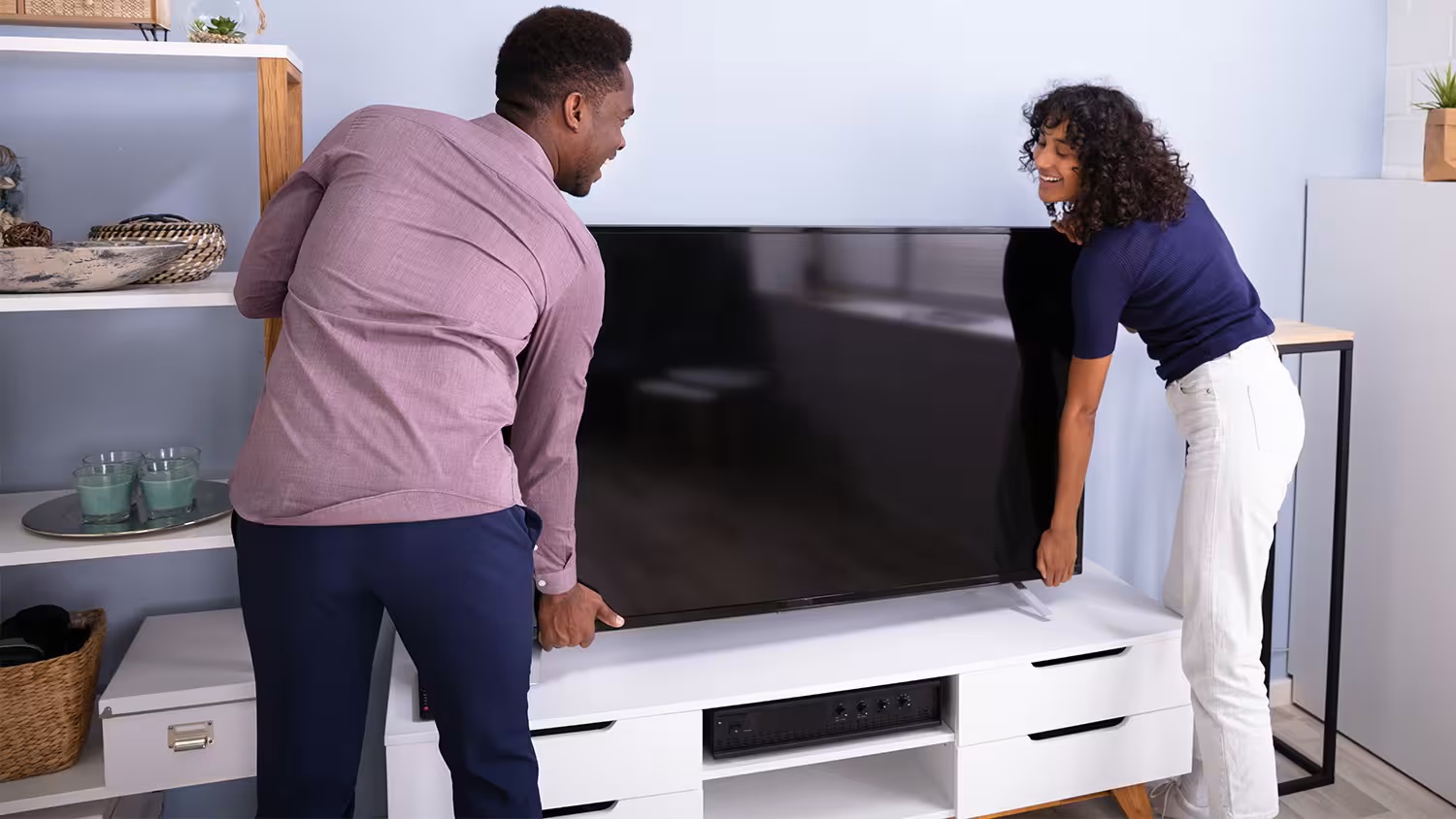
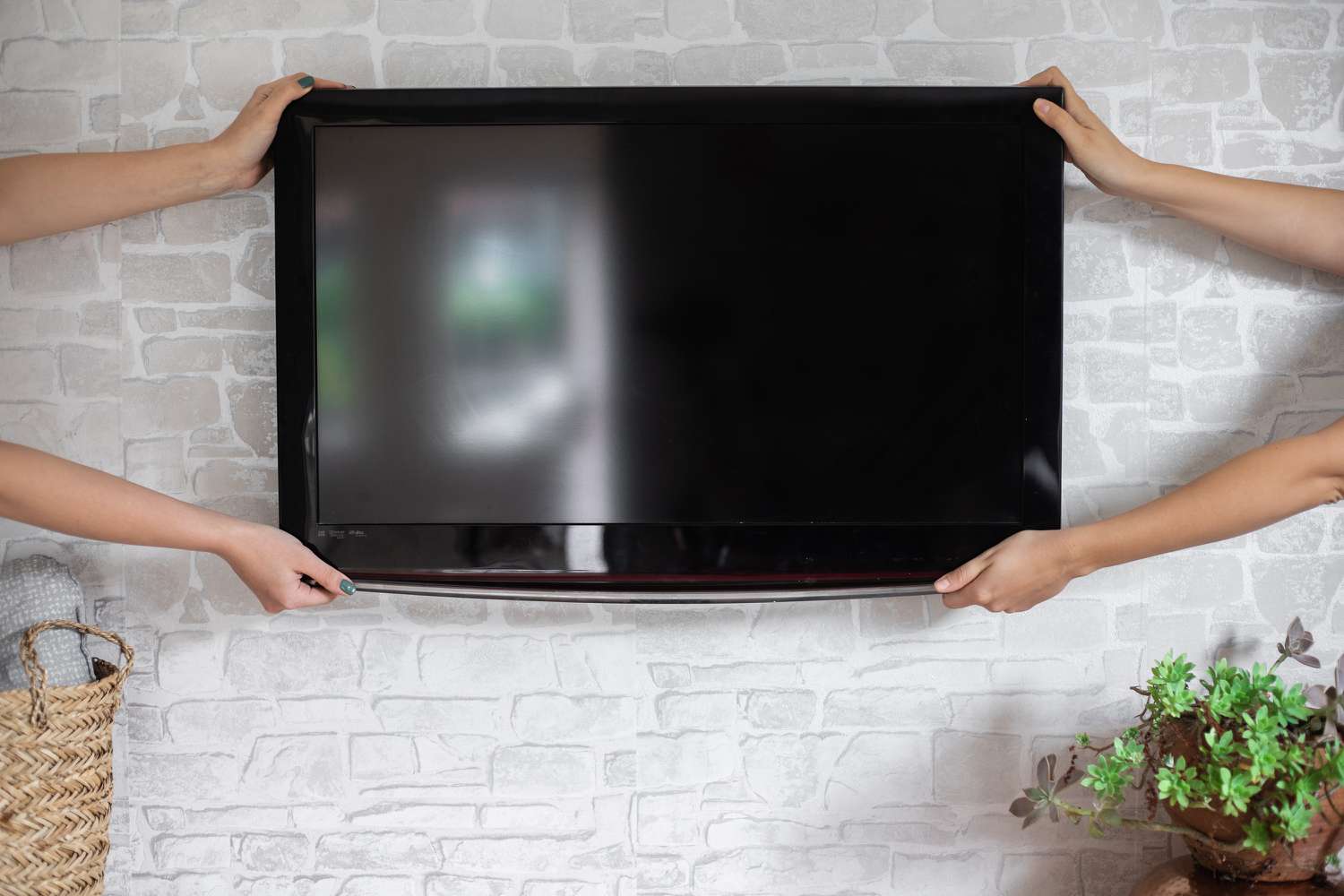
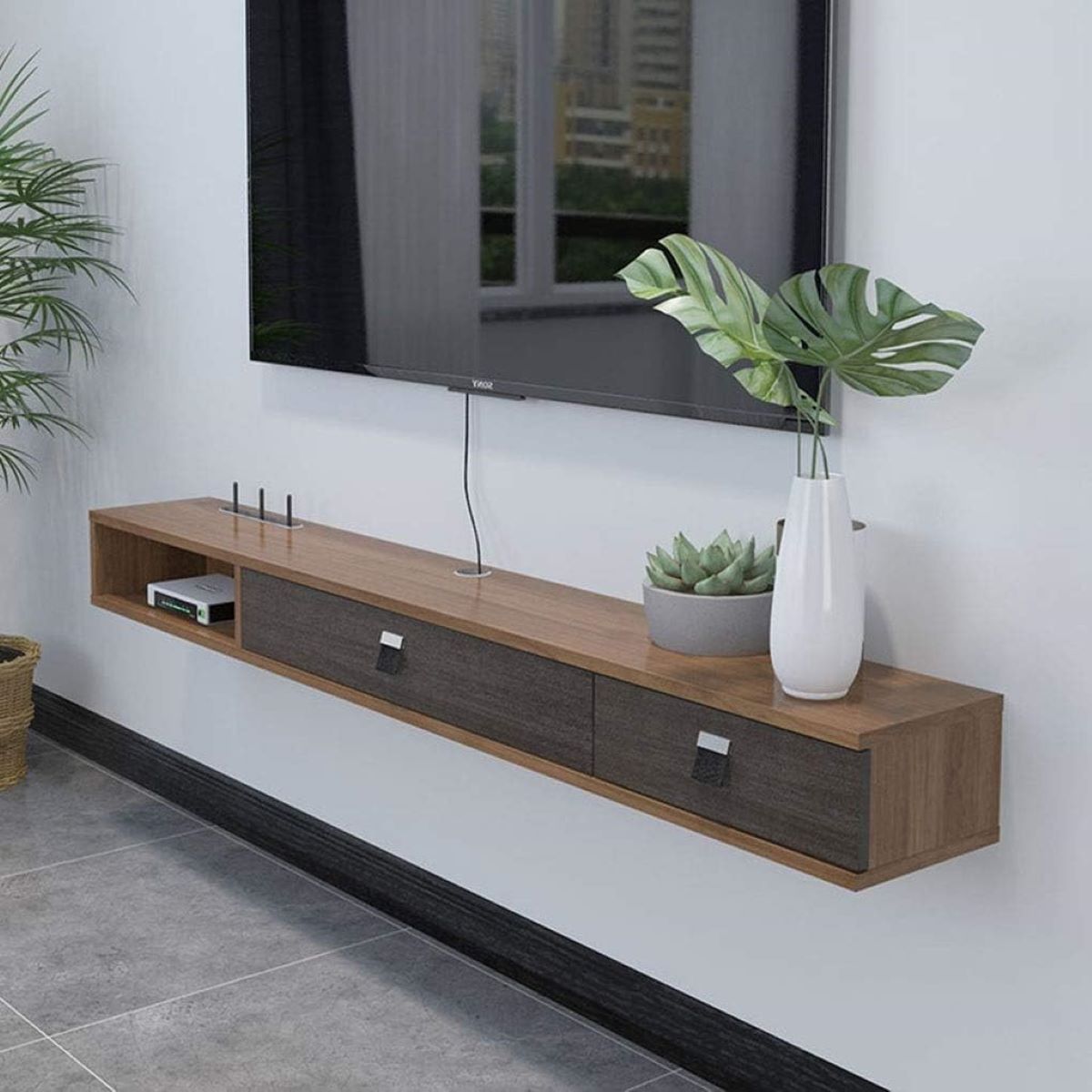

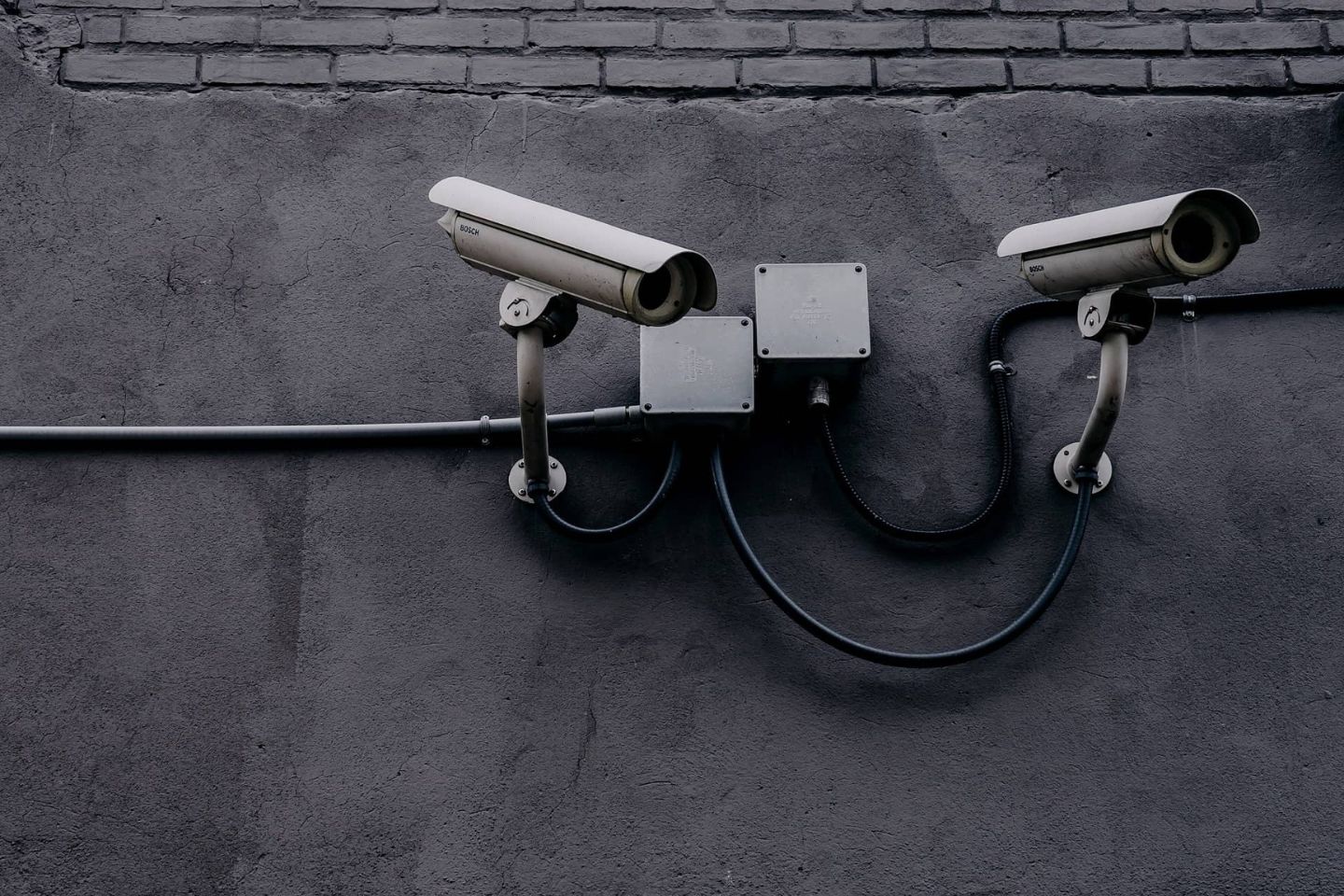
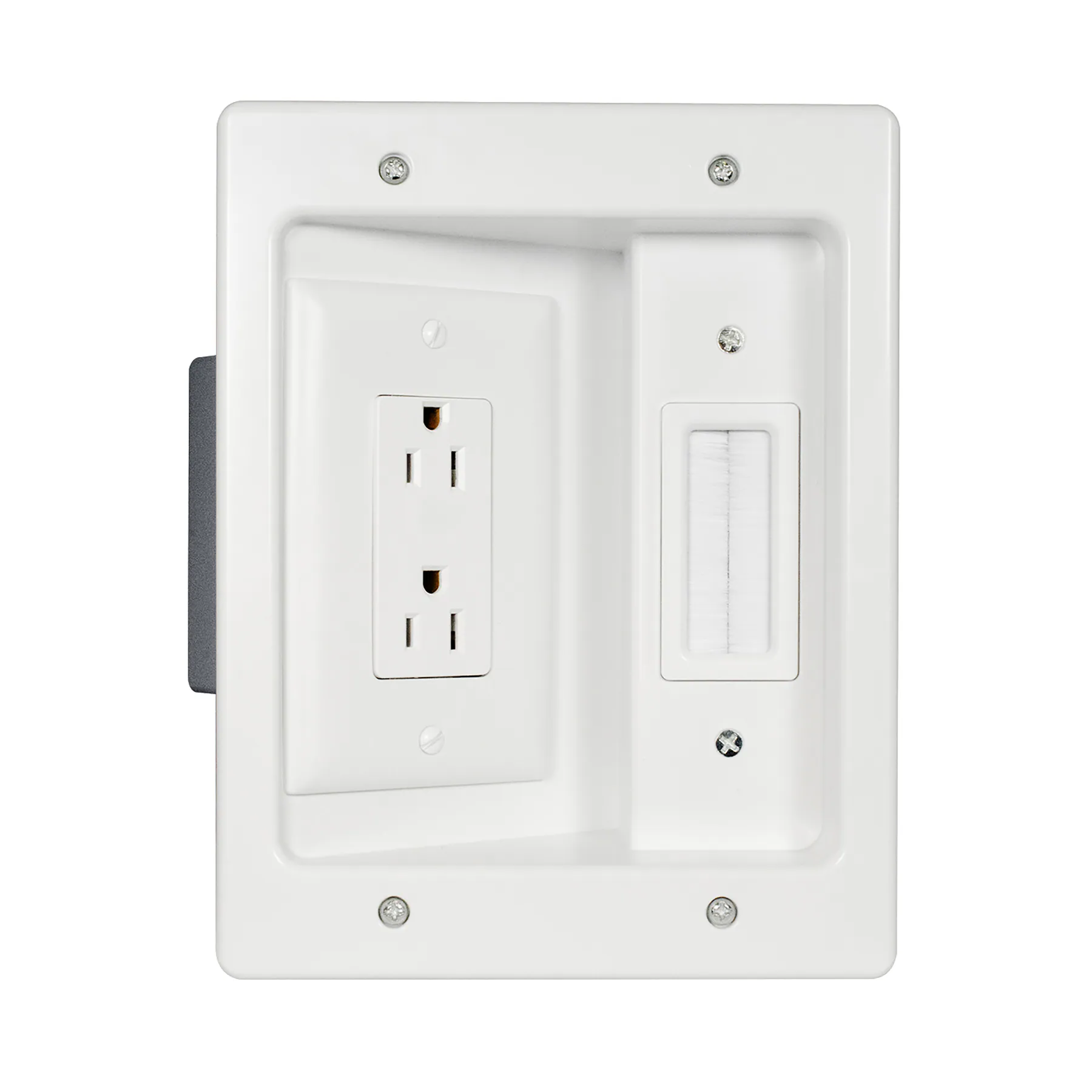


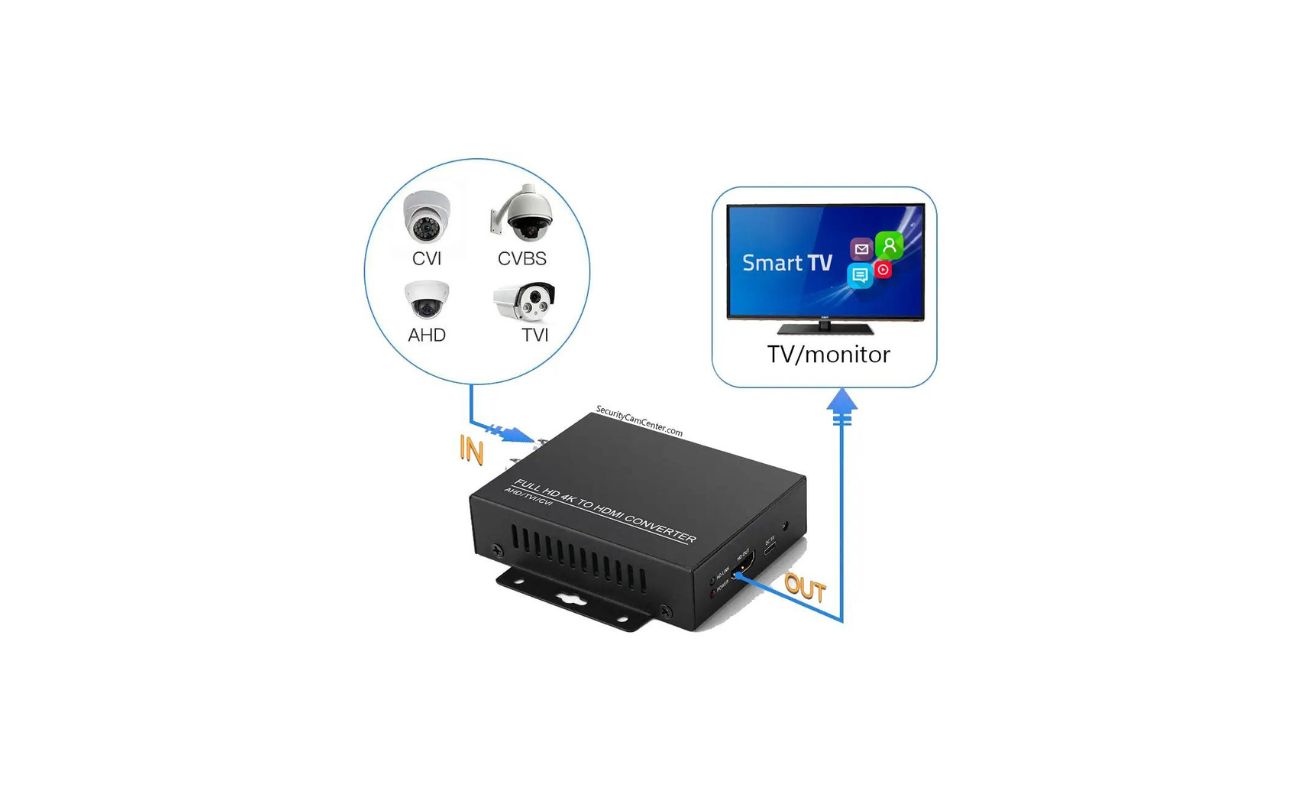
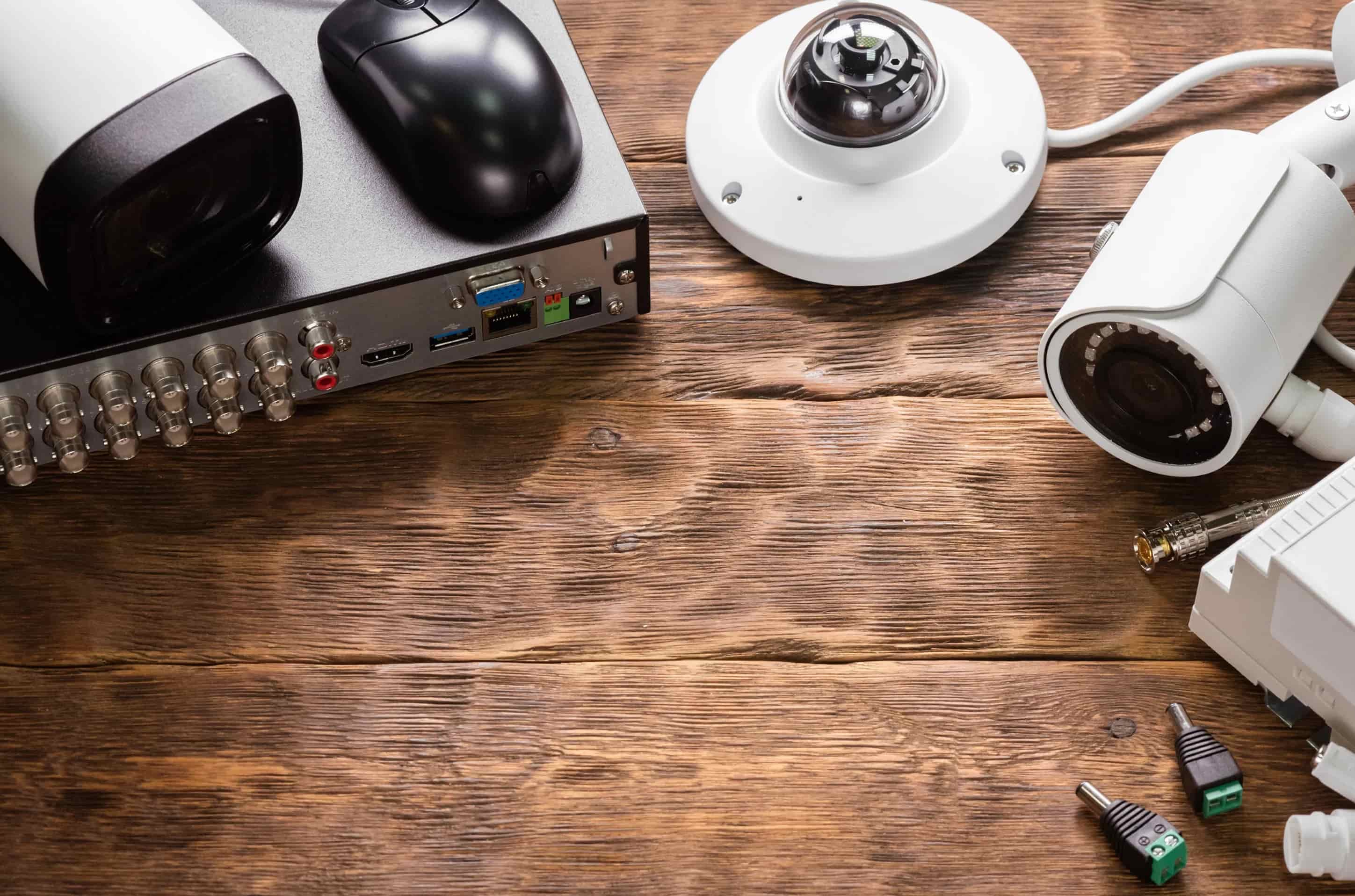
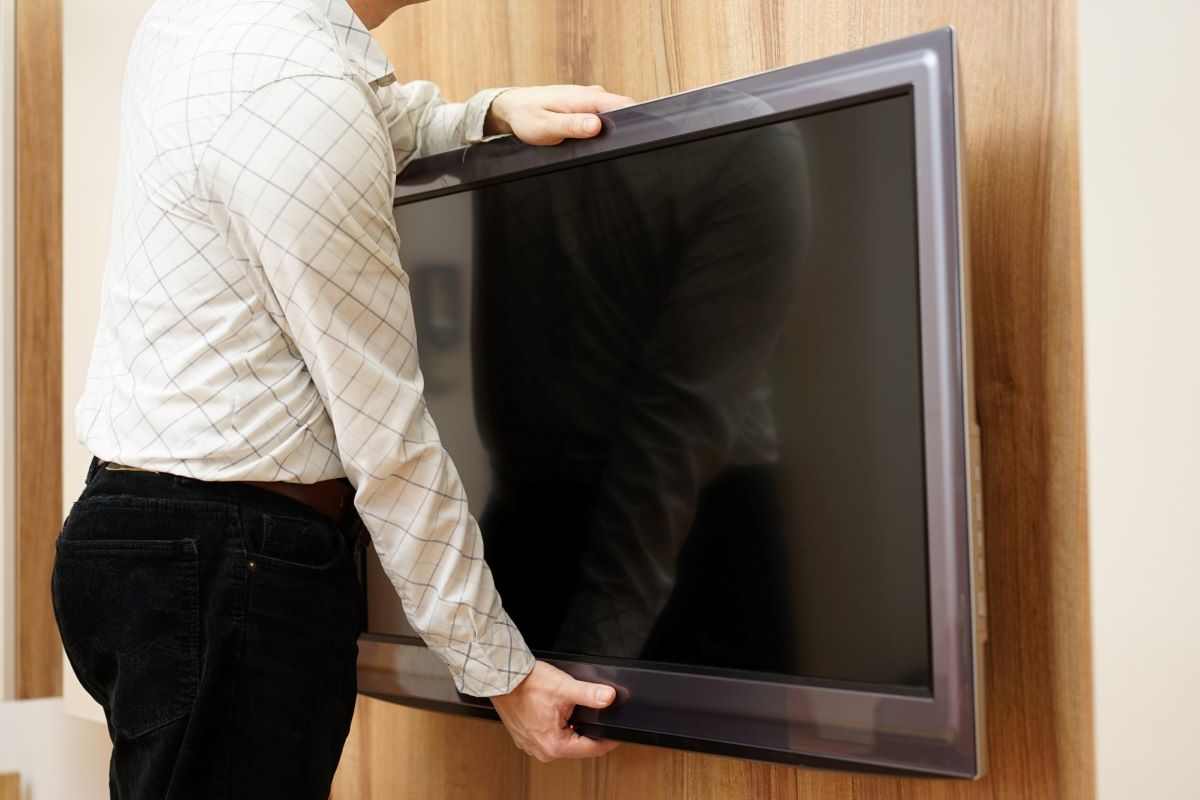
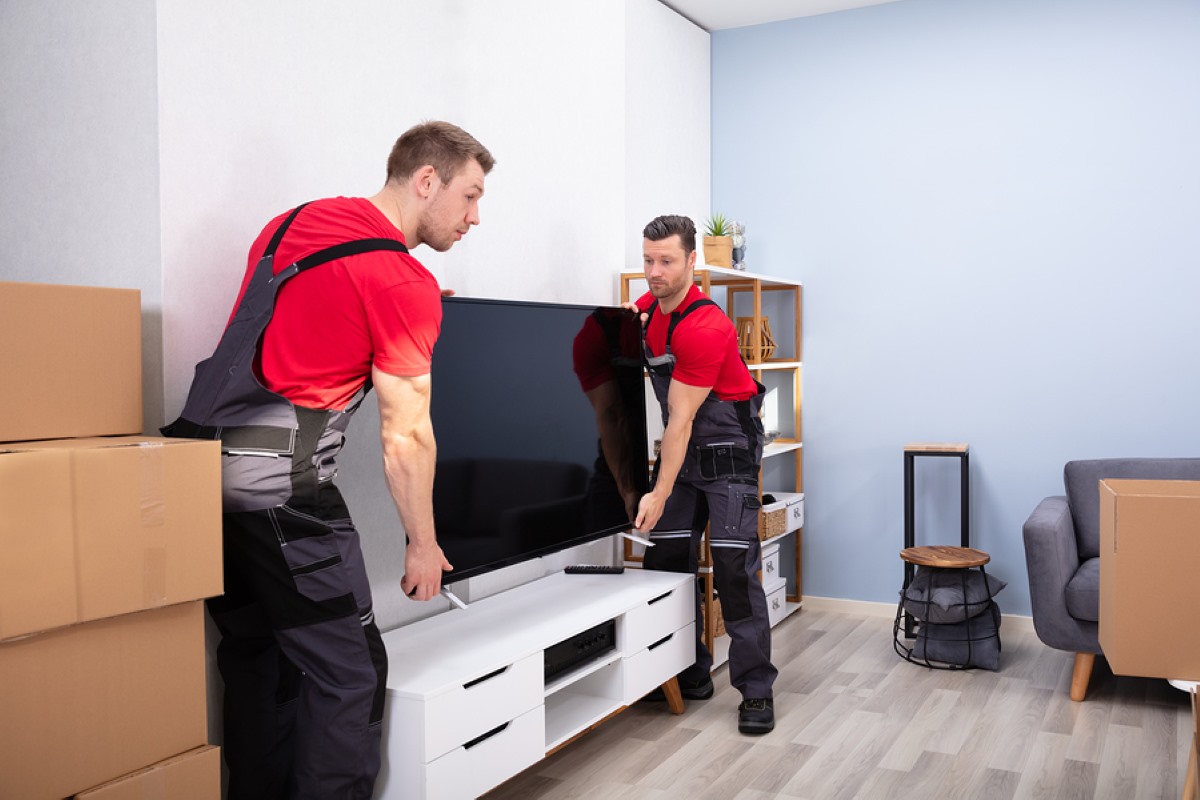
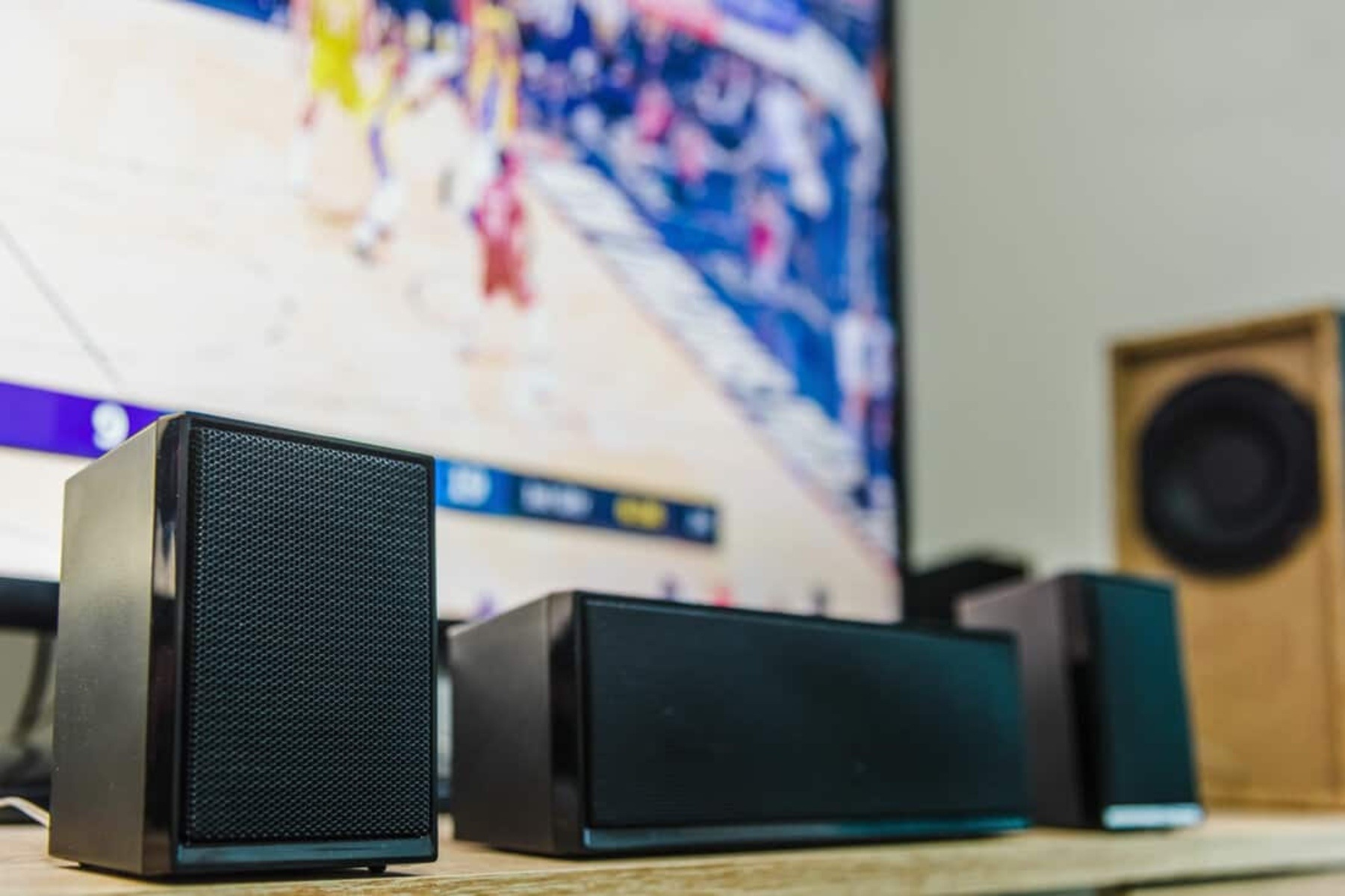

0 thoughts on “How To Store A TV Without A Box”